Effigies of iconic figures date back as far as man has been around (and that's a mighty long time!). Toy effigies for children have been around almost as long. Such representations, called dolls or "action figures," are considered important articles in the growth and development of children; they "inform" children about the world around them and also let parents know what interests a child is developing.
Science fiction toys are interesting because, being based on speculative fiction, they have no direct link to a child's present; they are "what if?" toys in the extreme. Unlike a doll based on a popular figure or a realistic model of how life is, such dolls present questions: if the doll is popular, what is this saying about both the children who love it and the people who created it?
How does one explain the popularity of dolls that represent a non-human future, one that seems increasingly likely in our modern society? Perhaps there's a clue in the phenomenon of the "Micronaut" toy line I'll explore a bit below.


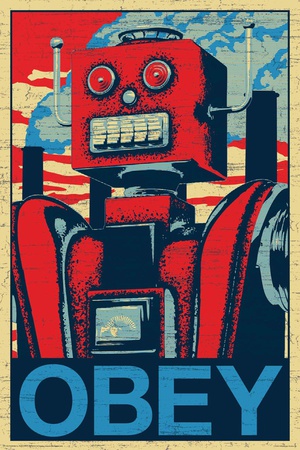
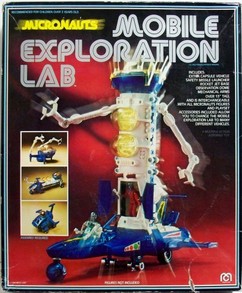
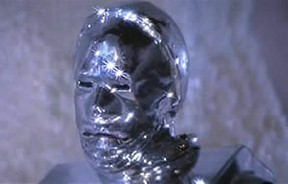 I remember coming across my first Micro when I was a little kid and being blown away. For my money, the things resembled "Box," a beguiling, memorable character in the classic old sci-fi film "Logan's Run" from around the same time.
I remember coming across my first Micro when I was a little kid and being blown away. For my money, the things resembled "Box," a beguiling, memorable character in the classic old sci-fi film "Logan's Run" from around the same time. 







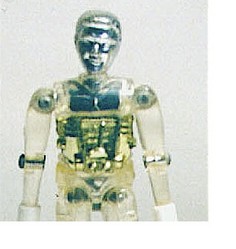

 Tips To Help You Stay On A Fitness Routineon 07/25/2013
Tips To Help You Stay On A Fitness Routineon 07/25/2013
 Tips To Look Out For In A New Relationshipon 07/24/2013
Tips To Look Out For In A New Relationshipon 07/24/2013
 Four Stupid Movieson 07/24/2013
Four Stupid Movieson 07/24/2013
 Five Stupid Songson 07/21/2013
Five Stupid Songson 07/21/2013

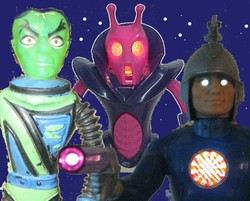

Comments
Just looked at those plush angry birds - they're dreadful, really cheap and nasty looking; utter junk.
Meanwhile, 1970s Micronauts are BEAUTIFUL.
All kids love to play with toys.Because of being a soft plush toy, kids can throw this Angry Birds Plush Pig at each other without danger of anyone getting hurt.and serves as a good companion to your child.
http://liztoys.com This fantastic plush toy is simply adored by anyone who is an Angry Birds fan.
Yeah! Robots are cool! :) Thank you for commenting!
Love the micronauts, remind me of the robot movies which I fell in love with.